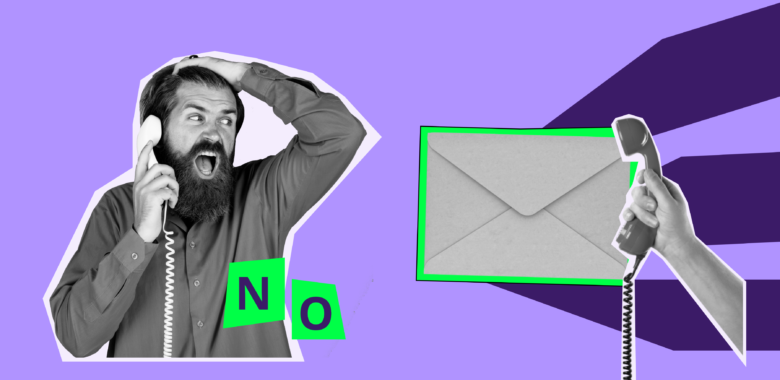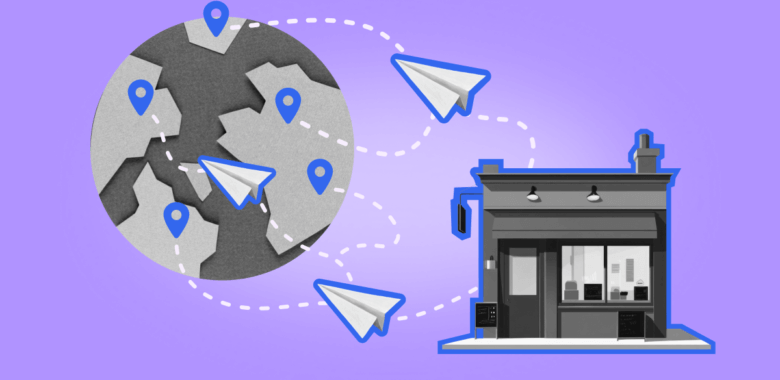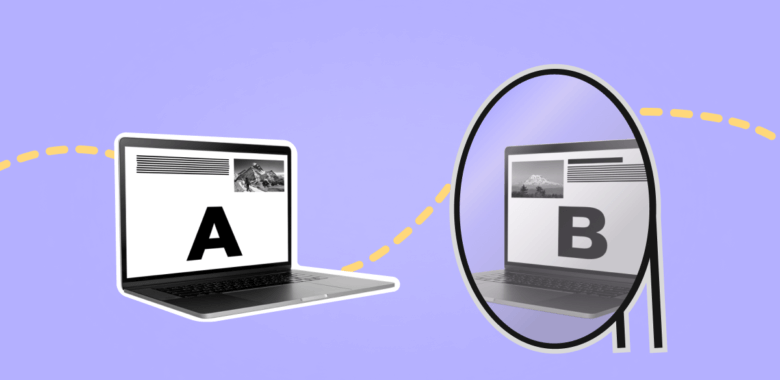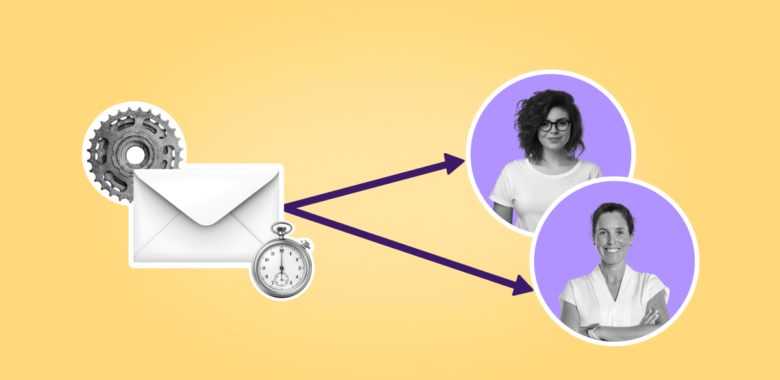Tips on how to use a no-reply email
While creating a no-reply email is simple, there are a few things to keep in mind to ensure that it is effective. Here are some tips on how to set up a no-reply email.
Use a no-reply email only when responses are not necessary
One of the main reasons to use a no-reply email is to provide its recipient with information without initiating a conversation. For that reason, it is crucial to use this type of email only when responses are not necessary. For instance, if you are sending an order confirmation to someone, there might be no need for them to reply to the email.
On the other hand, if you are requesting direct feedback from your clients, such as a detailed review of several products or ways in which you could improve their customer experience, you should use a different email address that allows for replies. Using a no-reply email address for messages that require a response is considered poor email etiquette and can lead to frustration for the recipient.
Always indicate that the recipients should not reply to the email
When using a no-reply email address, include a clear message indicating that the recipient should not reply to the email you are sending out. This information can be included in the subject line or the body of the email. It is also essential to provide a reason why the email address does not accept replies. For example, you can mention that the email address is used for notifications only, and replies will not be read.
By including a clear message, you can prevent confusion and ensure that the recipient understands the purpose of the email. Additionally, it shows that you respect the recipient’s time and do not expect them to spend time writing a response that will never be read, which could have a positive impact on their customer experience.
Include an alternative means of communication
When using a no-reply email address, it is important to provide the recipient with an alternative means of communication. They need to be able to opt out of receiving emails from you by communicating with you directly. Otherwise, your emails will be non-compliant with GDPR and CAN-SPAM laws.
With that in mind, always remember to include an alternative means of communication in each no-reply email you send out. This can be another email address or a phone number that they can use to contact you if necessary. Not doing so is actually among fairly common email mistakes.
On top of ensuring legal compliance, it adds a human touch to the email and can help build trust with your audience. It shows that while you are sending out no-reply messages, you are still willing to engage with your clients when needed.























